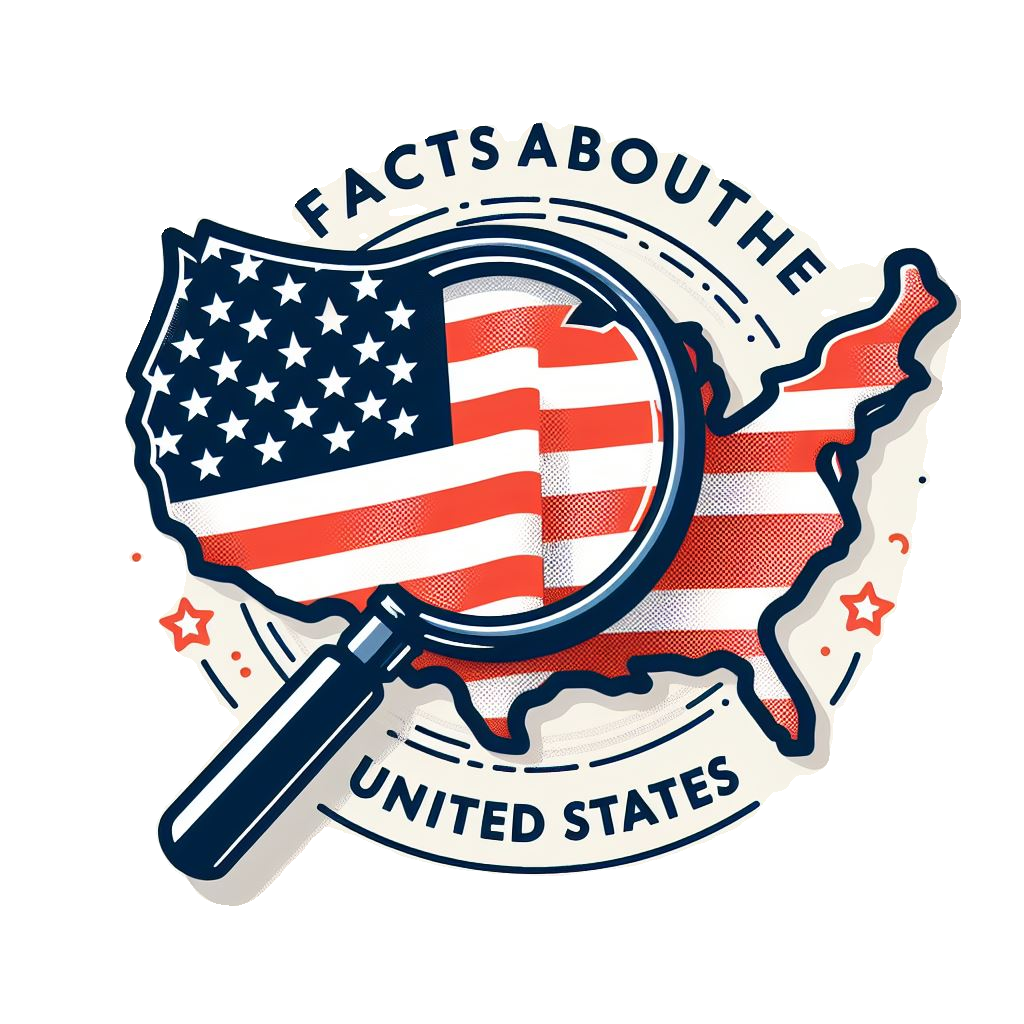Franklin D. Roosevelt: A President of Hope and Change
Franklin Delano Roosevelt, affectionately known as FDR, wasn’t just any president. He was a towering figure in American history, leading the nation through some of its most difficult chapters – the Great Depression and World War II. But FDR was more than just a crisis manager, he was a visionary who transformed the very role of government within American life.
Early Life and Polio
Born into a life of wealth and privilege in New York’s Hudson Valley, FDR’s early life seemed like a surefire path to continued comfort. He attended elite schools like Harvard and Columbia, married his distant cousin Eleanor Roosevelt, and started his own promising political career. But then, fate threw a curveball. In 1921, FDR contracted polio, a disease that left him paralyzed from the waist down.
Many would have retreated in the face of such adversity, but FDR was made of sterner stuff. Although unable to walk unassisted, he showed incredible determination, eventually returning to public life with steely resolve. This personal struggle, hidden from many Americans at the time, instilled in him a deep empathy for the struggles of ordinary citizens.
The New Deal
When FDR won the presidency in 1932, America was in the depths of despair. The Great Depression had shattered the economy, leaving millions unemployed, disillusioned, and hungry. Roosevelt knew the old ways of doing things were insufficient. With his iconic inaugural address – “the only thing we have to fear is fear itself” – he promised ‘bold, persistent experimentation’ to pull the nation out of crisis.
This promise took shape as the New Deal, a sweeping series of programs and reforms designed to bring relief, recovery, and reform to a hurting nation. Programs like the Social Security Act created safety nets for the elderly and disabled. The Civilian Conservation Corps (CCC) put young men to work on vital conservation projects. The Federal Deposit Insurance Corporation (FDIC) protected banks and restored faith in the financial system. These programs were a lifeline for millions of Americans.
World War II and a Vision for Peace
As the world descended into the chaos of the Second World War, President Roosevelt found the US initially reluctant to become another casualty of global conflict. Yet, he firmly believed in supporting the Allied powers. With clever tactics, like the Lend-Lease program, FDR found ways to help Britain and its allies fight Nazi Germany while maintaining America’s official neutrality.
The Japanese attack on Pearl Harbor would change the game. FDR led the nation into war, becoming the commander-in-chief of the most extensive and destructive conflict in history. His leadership at home and abroad was unwavering in the fight against fascism. Even while waging this war, FDR never lost sight of the future. It was his vision that spurred the creation of the United Nations, laying the groundwork for a lasting, global peace organization.
FDR’s Legacy
Franklin D. Roosevelt died in office in 1945, just before the end of World War II. While he didn’t live to see the final victory, his impact on modern America cannot be overstated. He left behind a nation with an expanded role for government, a more robust social safety net, and a restored sense of hope.
FDR was not without his flaws and critics. Yet, it is undeniable that he steered the nation through some of its darkest hours. Franklin D. Roosevelt’s name remains synonymous with courage, leadership in a time of crisis, and an unwavering belief in the potential of the American people.
